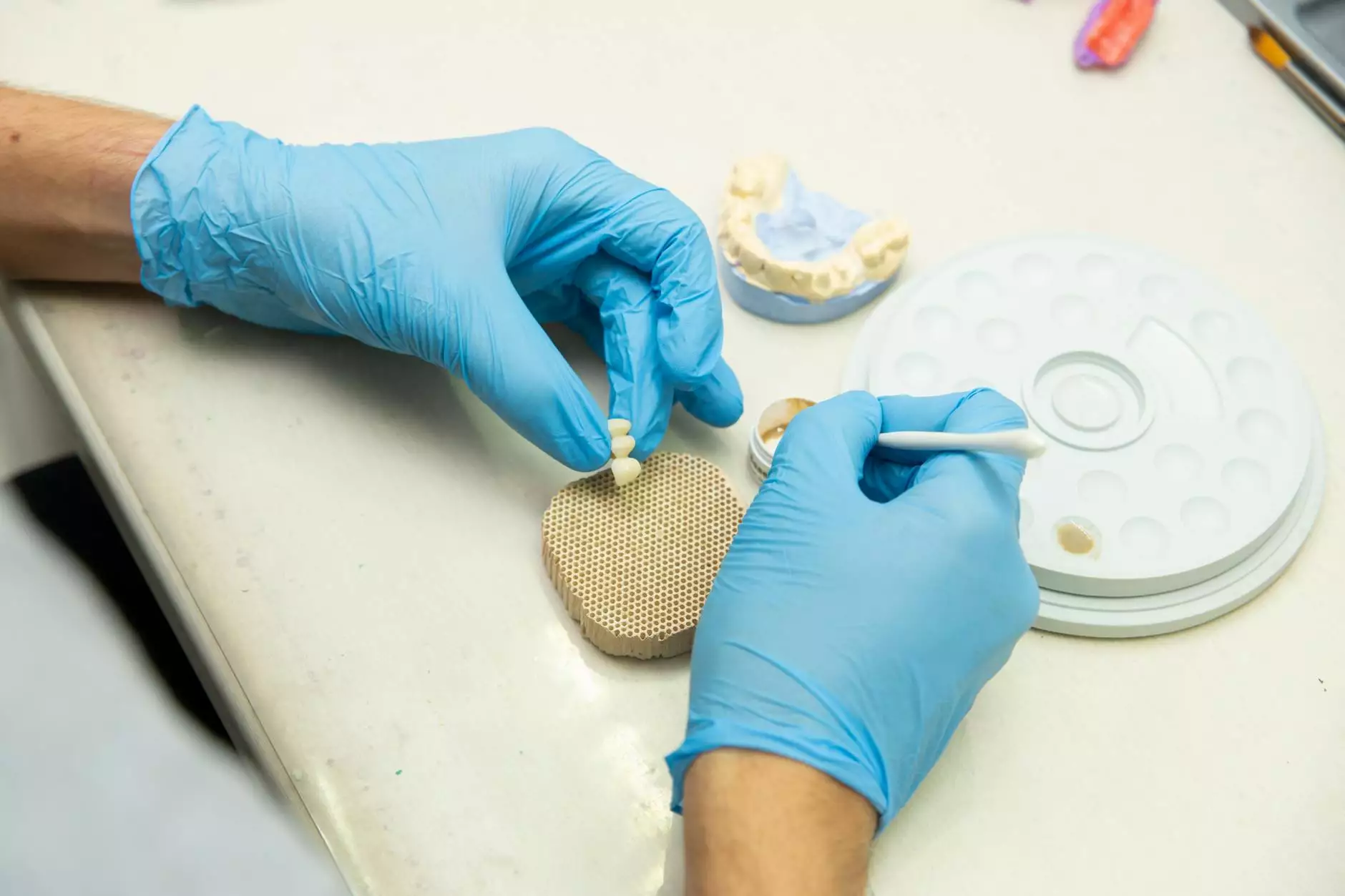The Significance of the T3-T4 Spine: Health, Education, and Chiropractic Insights

Understanding the T3-T4 Spine Complex
The T3-T4 spine refers to the thoracic vertebrae located in the upper back region of the human spine. The thoracic spine comprises 12 vertebrae, designated T1 to T12, with the T3 and T4 locations specifically corresponding to the third and fourth thoracic vertebrae. This region plays a critical role in the structural integrity and functional capacity of the spine, which supports the body, protects the spinal cord, and facilitates movement.
Anatomy of the T3-T4 Spine
The anatomy of the T3-T4 spine involves not just the vertebrae themselves but also the surrounding structures:
- Intervertebral Discs: These act as shock absorbers between the vertebrae and allow for flexibility.
- Facet Joints: Joints that connect the vertebrae, providing stability while allowing for a range of motion.
- Spinal Cord: Enclosed within the vertebral column, the spinal cord carries messages between the brain and the body.
- Nerves: Spinal nerves branch off the spinal cord, exiting at each vertebral level, including T3 and T4, and influencing many bodily functions.
The Role of the T3-T4 Spine in Daily Life
The T3-T4 spine is not just critical for posture and bodily support; it is involved in numerous physiological functions:
- Respiration: The thoracic region houses the ribs and is crucial in the mechanism of breathing.
- Upper Body Mobility: The T3-T4 region contributes to the rotation and bending of the upper torso.
- Protective Function: The T3-T4 vertebrae help protect vital organs such as the heart and lungs, as well as safeguarding the sensitive spinal cord.
Common Issues Associated with the T3-T4 Spine
Understanding the issues related to the T3-T4 spine is vital for effective prevention and treatment. Some common problems include:
- Thoracic Spine Pain: This can arise from various factors including poor posture, injury, or degenerative disc disease.
- Herniated Discs: The discs can bulge or rupture, leading to pain and discomfort.
- Kyphosis: An abnormal curvature of the thoracic spine, which can affect the overall posture and health.
- Muscle Strain: Overuse or injury can lead to strain in the muscles supporting the T3-T4 region.
Chiropractic Care and the T3-T4 Spine
Chiropractors play a crucial role in addressing issues related to the T3-T4 spine. They utilize various techniques to enhance spinal health:
- Spinal Manipulation: Chiropractors often perform adjustments to realign the spine and relieve pressure on affected vertebrae.
- Soft Tissue Therapy: Alongside spinal manipulation, techniques such as massage can help alleviate muscle tension and improve mobility.
- Postural Training: Education on proper posture can help prevent further complications and maintain spine health.
- Exercise Recommendations: Chiropractors may suggest specific exercises to strengthen the muscles around the thoracic spine.
Education on the T3-T4 Spine
Education is paramount when it comes to understanding the T3-T4 spine and maintaining spinal health. Here are some educational resources that may be beneficial:
- Workshops and Seminars: Attend local or online events focused on spinal health.
- Online Courses: Platforms like Coursera and Udemy offer courses on human anatomy and health that cover the spinal structure.
- Books and Publications: Numerous texts delve into anatomy and chiropractic practices, providing a wealth of knowledge.
- Professional Advice: Consult with health care professionals for tailored education concerning your individual spinal health.
Conclusion: Prioritize Your Spinal Health
The role of the T3-T4 spine is invaluable in maintaining overall health, quality of life, and bodily function. Through effective education, chiropractic care, and awareness of common spinal issues, individuals can take proactive steps to ensure their spinal health is a priority.
Whether you are seeking to address specific concerns related to the T3-T4 spine or simply want to enhance your overall well-being, reaching out to professionals like chiropractors and engaging with educational resources can significantly improve your understanding and care of this essential part of your anatomy.
Explore More at IAOM-US
For additional resources and support related to spinal health, consider visiting IAOM-US. They provide a wealth of information, professional guidance, and connections to experts in the fields of health, education, and chiropractic care.









